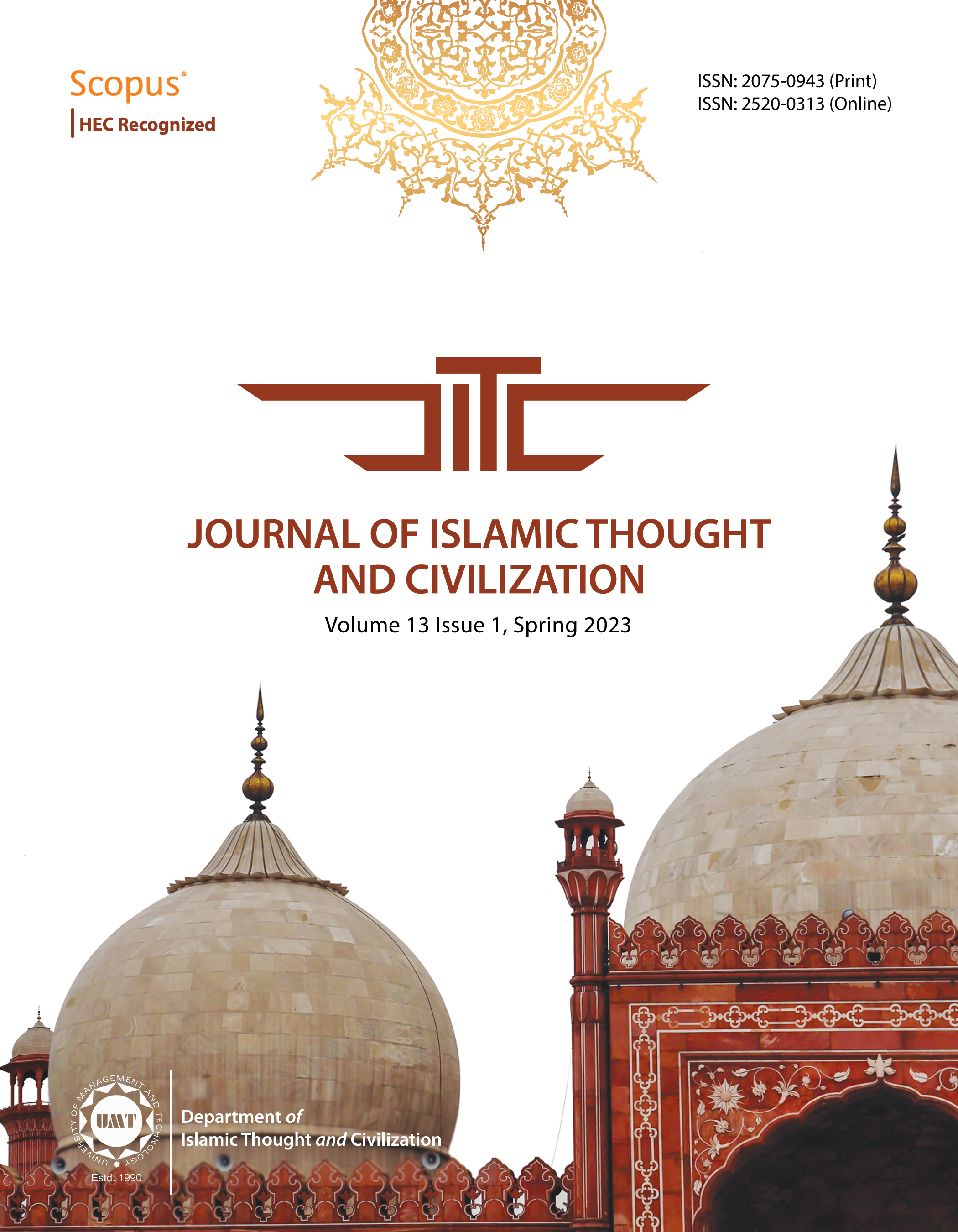Religious Hegemony and Vernacular Mosque Architecture: Investigating Authority Differentials, Intra group Dissonance and Acculturation among Chinese Muslims
Abstract
 Abstract Views: 49
Abstract Views: 49
This article engages with the role of sacred architecture as an embodiment of the conflicts, within a Chinese Muslim ethnic minority group, determined by the dispute upon religious hegemony. Vernacular architecture of a minority group has significant socio-cultural implications and can serve as a tool to measure its integration in the mainstream society. Through an ethnographic study focusing upon the Hui, a Muslim minority community of Xi’an, in Communist China and their sacred architecture, it indicates that the architectural archetype of a mosque quite precisely concretizes the religious hegemony, intra group dissonance and acculturative or retentionist trends of Hui community. It demonstrates that certain architectural features, such as the presence or absence of minaret and dome or a Chinese styled roof with carved animals, in the mosque clearly mirror the loci of religious authority of its adherents. It proposes that architectural characteristics can play the role of preservers and charters of cultural identity of a minority group and can equivocally serve as symbols of retention or acculturation in the mainstream society. By applying a socio-architectural approach, it is meant to explore that how mosques architecture in today’s China reflects the intra group dissonance of the Hui community and how shifting paradigms of religiously oriented hegemony are working to eradicate the Sino-Muslim historical architectural relics.
Downloads
References
Armijo, Jackie. “Muslim Education in China: Chinese Madrasas and Linkages to Islamic Schools Abroad.” In The Madrasa in Asia, 169-190. Amsterdam: Amsterdam University Press, 2008. DOI: https://doi.org/10.1017/9789048501380.007
Coaldrake, William H. “Architecture and authority in Japan.” New York: Riutledfge, 1996.
Creswell, Keppel Archibald Cameron. A Short Account of Early Muslim Architecture Librairie du Liban, 1968.
Dillon, Michael. China's Muslim Hui Community: Migration, Settlement and Sects. Routledge Press, 1999.
Eade, John. “Nationalism, Community, and the Islamization of Space in London.” Comparative Studies on Muslim Societies 22 (1996): 217-33. DOI: https://doi.org/10.1525/9780520917439-016
Geertz, Clifford. “Ethos, World-View and the Analysis of Sacred Symbols.” The Antioch Review 17, no. 4 (1957): 421–37. DOI: https://doi.org/10.2307/4609997
Gillette, Maris Boyd. Between Mecca and Beijing: Modernization and Consumption among Urban Chinese Muslims. Stanford: Stanford University Press, 2000.
Gladney, Dru C. "Sino–Middle Eastern Perspectives and Relations since the Gulf War: Views from Below." International Journal of Middle East Studies 26, no. 4 (1994): 677-691. DOI: https://doi.org/10.1017/S0020743800061171
Greeley, Andrew. Religion as Poetry. Routledge, 1996.
Jianbiao, Li. "Changes in Islam’s Status in Modern Shaanxi Province.” In Muslims and a Harmonious Society: Selected Papers from a Three-Conference Series on Muslim Minorities in Northwest China. Gansu Province, 2008, Shaanxi Province, 2009, Xinjiang Autonomous Region. The Religion and Security Research Project, Center on Faith and International Affairs, Institute for Global Engagement, 2009
Klaus, HD., “Hybrid Cultures and Hybrid Peoples: Bioarchaeology of Genetic Change, Religious Architecture, and Burial Ritual in the Colonial Andes.” Hybrid Material Culture: The Archaeology of Syncretism and Ethnogenesis. 207-238. Center for Archaeological Investigations, Carbondale, IL: Southern Illinois University, 2013.
Lehr, John C. “The Ukrainian Sacred Landscape: A Metaphor of Survival and Acculturation.” Material Culture Review29 (January 1989): 3-11.
Lipman, Jonathan. Familiar Strangers: a Muslim History in China. Stanford, CA: Stanford University Press, 1997.
Mazumdar, Sanjoy., and Shampa Mazumdar. “Intergroup Social Relations and Architecture: Vernacular Architecture and Issues of Status, Power, and Conflict.” Environment and Behavior 29, no. 3 (1997): 374-421. DOI: https://doi.org/10.1177/001391659702900304
Omer, Spahic. “Towards Understanding Islamic Architecture.” Islamic Studies 47, no. 4 (2008): 483–510.
Pallasmaa, Juhani. “An Architecture of the Seven Senses.” Architecture and Urbanism-Tokyo (1994): 27-38.
Mus, Paul. Barabudur: Sketch of a History of Buddhism Based on Archaeological Criticism of the Texts. Translated from the French by Alexander W. Macdonald. New Delhi: Indira Gandhi National Centre for the Arts, 1998.
Schopen, Gregory. “Burial and the Physical Presence of the Buddha in Early Indian Buddhism: A Studyimage in the Archeology of Religions.” Religion 17, no. 3 (1987): 193-225. DOI: https://doi.org/10.1016/0048-721X(87)90116-3
Steinhardt, Nancy Shatzman. “China’s Earliest Mosques.” Journal of the Society of Architectural Historians 67, no. 3 (2008): 330–361. DOI: https://doi.org/10.1525/jsah.2008.67.3.330
Van West, Carroll. “Acculturation by Design: Architectural Determinism and the Montana Indian Reservations, 1870-1930.” Great Plains Quarterly 7, no. 2 (1987): 91–102.
Xu, Jianchu., Erzi T Ma, Duojie Tashi, Yongshou Fu, Zhi Lu, and David Melick. “Integrating Sacred Knowledge for Conservation: Cultures and Landscapes in Southwest China.” Ecology and Society 10, no. 2 (2005): 7. DOI: https://doi.org/10.5751/ES-01413-100207
Copyright (c) 2023 Ayesha Qurrat ul Ain

This work is licensed under a Creative Commons Attribution 4.0 International License.

This work is licensed under a Creative Commons Attribution 4.0 International License. Authors retain copyright and grant the journal right of first publication with the work simultaneously licensed under a Creative Commons Attribution (CC-BY) 4.0 License that allows others to share the work with an acknowledgement of the work’s authorship and initial publication in this journal.








